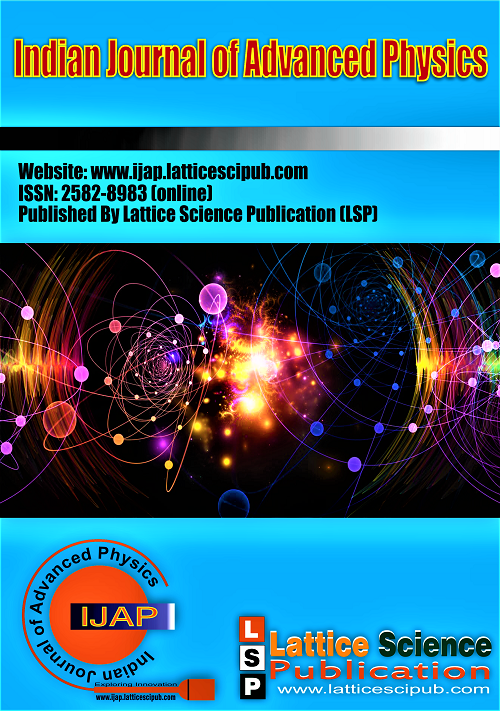Calculation of the TOV Limit Based on Neutron Degeneracy Pressure
Main Article Content
Abstract
Original theory on the mass limit beyond which a cold, non-rotating neutron star cannot be formed, instead only stellar black holes will be created, was stipulated by J.R. Oppenheimer and G.M. Volkoff based on R.C. Tolman’s work in 1939. The limit calculated from the equation established by them is known as the TOV limit which is analogous to the Chandrasekhar limit for White Dwarfs. But the results obtained using the formula was found to be not valid today. Subsequent theoretical works place the limit in the range 1.5 to 3 solar masses. There are several basic theories and related formulae for calculating the TOV limit. In this article a different and novel approach has been adopted to calculate the TOV limit using the theory on neutron degeneracy pressure. As per present calculations, the TOV limit is around 2.928 times the solar mass. These calculations also highlight two aspects which are conceptually new; first, a black hole having mass higher than the TOV limit can also become a neutron star and both can coexist concurrently up to a certain limit; and second, that upper limit of star mass beyond which a black hole will explode in supernova before becoming a neutron star is 7.15 times the solar mass as at that stage the gravitational energy of the black hole will be equal or exceed to its nuclear binding energy.
Downloads
Article Details

This work is licensed under a Creative Commons Attribution-NonCommercial-NoDerivatives 4.0 International License.
How to Cite
References
Britannica.com 2024.
Earthksy.org.
Sciencedirect.com.
Timlin J. 2013, Neutron Degeneracy Pressure, Quantum Mechanics II.
Abdullah, Dr. A. A., & Mahdi, Dr. S. S. (2019). Hybrid Quantum-Classical Key Distribution. In International Journal of Innovative Technology
and Exploring Engineering (Vol. 8, Issue 12, pp. 4786–4791). https://doi.org/10.35940/ijitee.l3682.1081219
Bhargava, C., Gulati, S., & Sharma, P. K. (2019). Estimation of Residual Lifetime of Electrolytic Capacitor using Analytical Techniques. In
International Journal of Recent Technology and Engineering (IJRTE) (Vol. 8, Issue 2, pp. 2015–2019).





